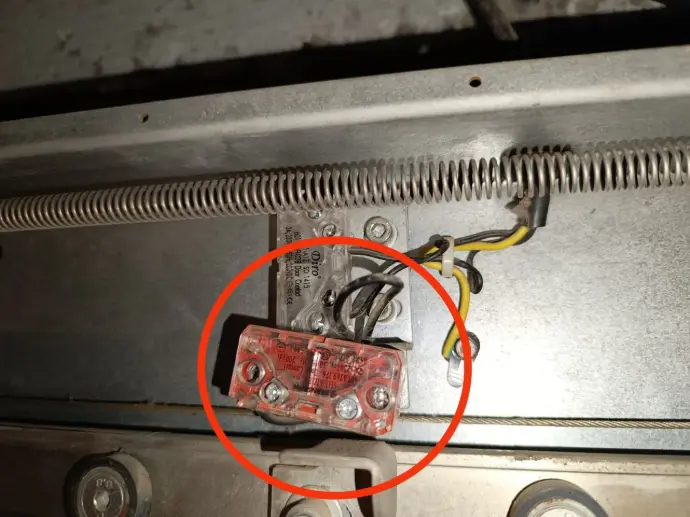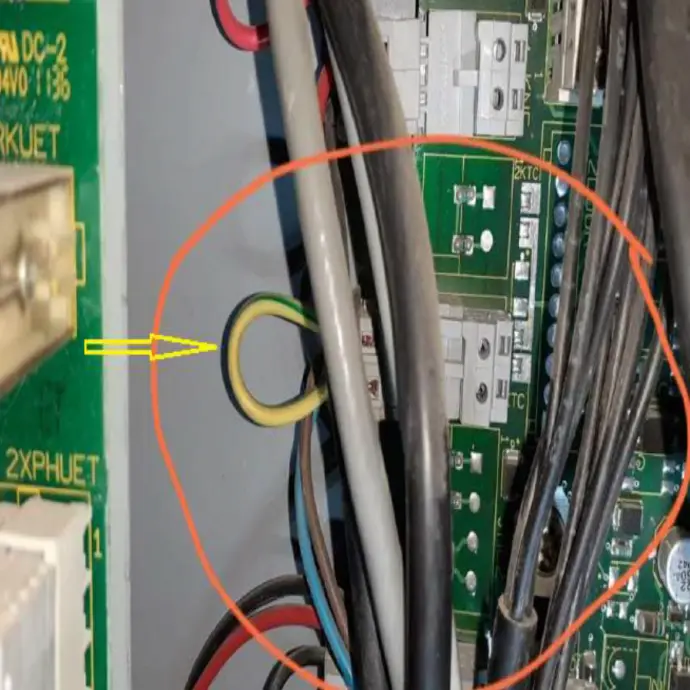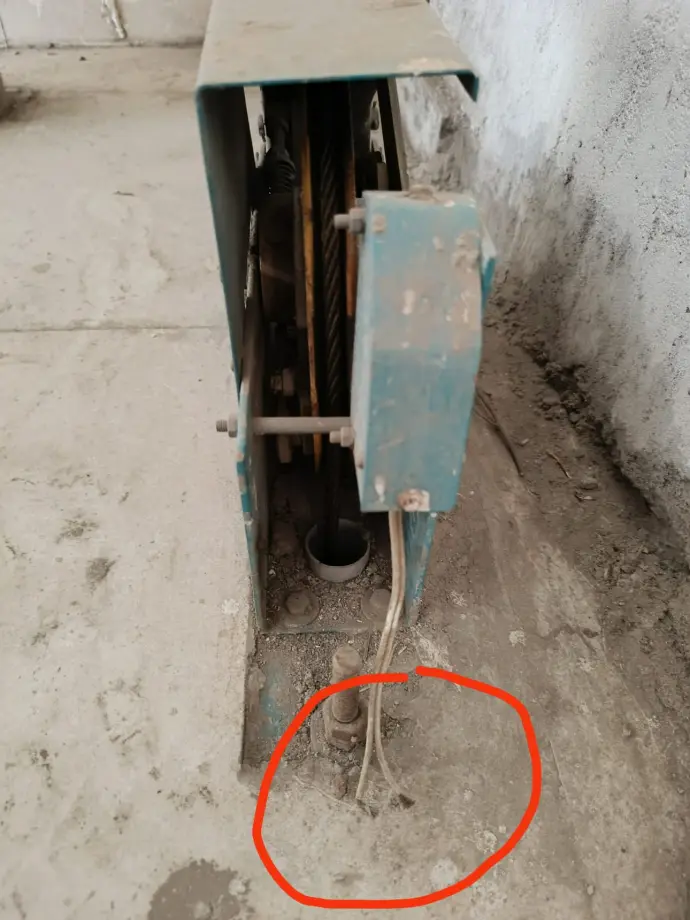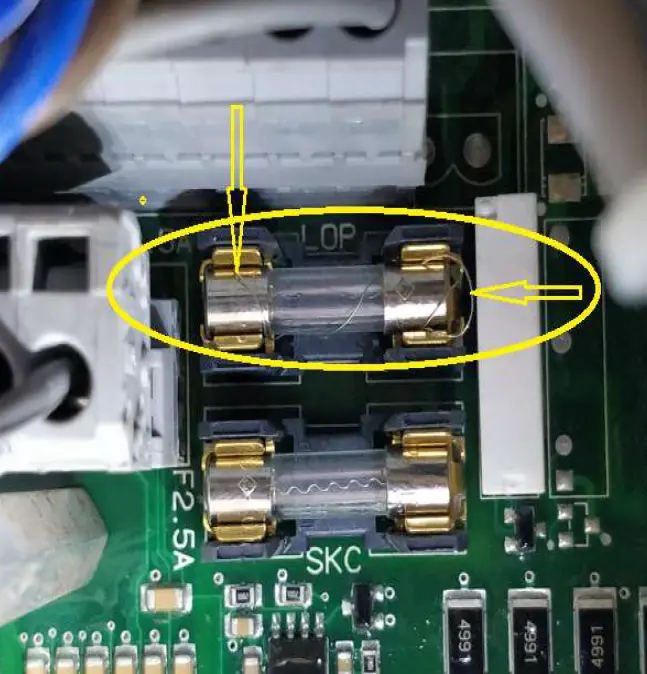In the world of vertical transportation, safety is not a choice -- it's a responsibility. Among the various maintenance practices in elevators and escalators, one of the most sensitive and potentially hazardous procedures is the use of electrical jumpers to bypass safety circuits temporarily.
When used correctly and responsibly, jumpers can help technicians perform diagnostics or troubleshooting. However, improper use of negligence can lead to severe injuries, equipment damage, and even fatalities. That's why stringent protocols and industry best practices are essential.
⚠️ Why Jumper Usage Is a Critical Concern
Jumpers are small tools with a big impact. They bypass safety switches in an elevator or escalator system, allowing maintenance personnel to simulate a 'safe' condition temporarily. But the misuse of these devices -- even momentarily -- can expose technicians, users, and equipment to life-threatening hazards.
Jumpers are useful tools for troubleshooting, but when left inserted, they become tools of danger.
Authorized Jumpers should be used only by trained and qualified technician and only in inspection/test mode. Never in NORMAL.
USE JUMPERS ONLY IN EXCEPTION CASES!
If forgotten or left in place, they can completely bypass critical safety logic, converting a secure elevator or escalator into a death trap.
🚨 Real-Life Cases and Visual Proof
Landing Door Switch Bypassed
This picture shows a non-standard wire inserted into the landing door switch. Even when the door is open, the controller receives a false signal indicating the door is closed. The elevator could start moving while someone is partially inside, leading to tragic incidents.

Car Door Bypassed
This picture shows a jumper on the car door safety switch. If the door is forcibly opened while the elevator is in motion, the lift continue to travel since the system falsely believes the door is closed. This can lead to passengers falling out of the moving elevator.

Overspeed Governor Contact Disconnected
The overspeed governor switch is not connected to the circuit, bypassed internally. Even after triggering the safety switch, the lift doesn't stop and keeps moving. In an upward overspeed event, the machine brake won't be activated, causing a major safety hazard.

Jumper Inserted in Fuse
Fuses are meant to melt and break the circuit in case of overcurrent. But here, an unknown wire is used as a jumper. It does not melt under overcurrent, leading to potential equipment damage and fire hazards.

✅ Guidelines for Safe Use of Jumpers
To ensure the safety of people and the integrity of equipment, strict protocols must be followed. Here's step-by-step procedure for safe use of jumpers:
- Take the elevator or escalator out of service and place it on inspection mode.
- Count your jumpers, select the ones needed, and place the jumper bag prominently on the tool bag handle, machine room door and keep your vehicle keys in the jumper bag as a reminder. (A jumper should be of conspicuous color, properly made, long enough, and easily removable)
- Study the wiring diagram, thoroughly. Identify the appropriate circuit using correct isolation methods (e.g., LOTO - Lock Out Tag Out) and verify with a multi-meter.
- Log all activity in a dedicated logbook -- recording the date, jumper-in time, jumper serial number, and the circuit being bypassed.
- Inform your manager about the use of the jumper.
- Attach the jumper with a visible tag or reminder. (Note: Before inserting jumper in landing door circuit, always ensure mechanical lock of each and every landing door.)
- Perform the intended work or diagnostics.
- Remove the jumper immediately after work is completed.
- Inform your manager that the jumper has been removed.
- Count your jumpers to ensure none are left inside the panel.
- Verify that the bypassed safety circuit is functioning correctly.
- Only then return the elevator/escalator back to service.
USE EXTREME CAUTION WHEN CIRCUITS ARE BRIDGED.
👷 Mandatory Training and Records
All technicians must be trained on the safe use of jumpers before they can use them independently. It is the responsibility of respective managers to ensure this training is completed. Additionally, records of training and jumper issuance must be maintained.
🔒 Safe Work Practices to Always Follow
✅ Only trained, certified, and authorized personnel should use jumpers
❌ Never use unauthorized, homemade, or makeshift jumpers.
❌ Never bypass both the landing door and car door safety circuits simultaneously.
✅ Only one circuit should be jumped at a time.
Note: You may deviate from this requirement only when a second qualified person is on site and is in direct communication with you.
✅ Ensure all jumpers are removed before the equipment is returned to normal service.
✅ Approved jumper kits with proper insulation and tags should always be used.
🚨 Consequences of Improper Jumper Use
Improper use of jumpers is not just unsafe -- it is dangerous and punishable.
- ⚠️ Severe risk to human life, including the general public and technicians.
- ⚠️ Potential damage to costly equipment.
- ⚠️ Disciplinary actions, including suspension or termination, for non-compliance with safety protocols.
🧾 Indian Standard Code (IS) Guidelines
As per IS17900 Part1 - Clause 5.12.1.8, it is mandatory to provide a Landing door and Car door bypass device in the controller for door contacts:
- The device(s) shall be switch protected against unintended use by mechanically movable means (for example, cover, security cap) permanently installed, or a plug socket combination which shall satisfy the requirements for electric safety devices.
- The device must be clearly labelled with "BYPASS".
- The activation state of the bypass device(s) shall be clearly indicated. The following conditions for functioning shall be satisfied:
- Normal operation controls, including the operation of any automatic power-operated doors, shall be neutralized;
- Allow bypassing either car or landing door - but not both simultaneously.
- A separate monitoring signal shall be provided to check that the car door(s) is/are in the closed position in order to allow a car movement with bypassed car door closed contact(s). This applies also if the car door closed contact(s) and the car door locked contact(s) are combined;
- In case of manually operated landing doors, it shall not be possible to bypass the contacts of the landing doors and the landing door locks at the same time;
- Movement of the car shall only be possible in inspection operation or emergency electrical operation.
- An audible signal in the car and a flashing light under the car shall be activated during movement. The sound level of the audible warning shall be minimum 55dB(A) below the car at a distance of 1meter.
📢 Final Words: Safety Is a Shared Responsibility
The proper use of jumpers is a small but vital aspect of elevator and escalator maintenance. It reflects the technician's discipline and the organization's safety culture. One missed step can mean a costly or tragic outcome.
Stay safe. Work smart. Respect the circuit.
Let's commit to safer practices - because lives depend on them.
About Heelag Elevator and Escalator Consultancy
At Heelag Elevator and Escalator Consultancy, we are dedicated to enhancing vertical transportation safety and standards. From audits to awareness, we actively work with stakeholders to uphold compliance and minimize risks in the industry.
If you found this blog insightful, please share it with your network. For more safety tips and updates, follow us on social media and join us in promoting safer elevator/escalator practices.
Your safety, Our Priority
